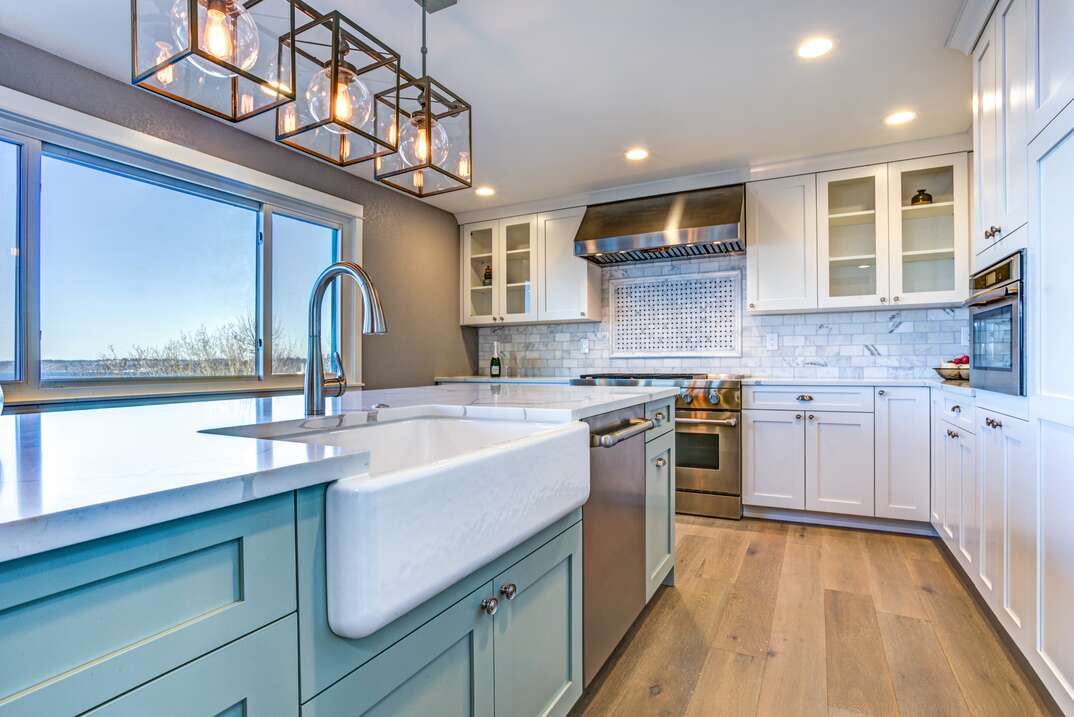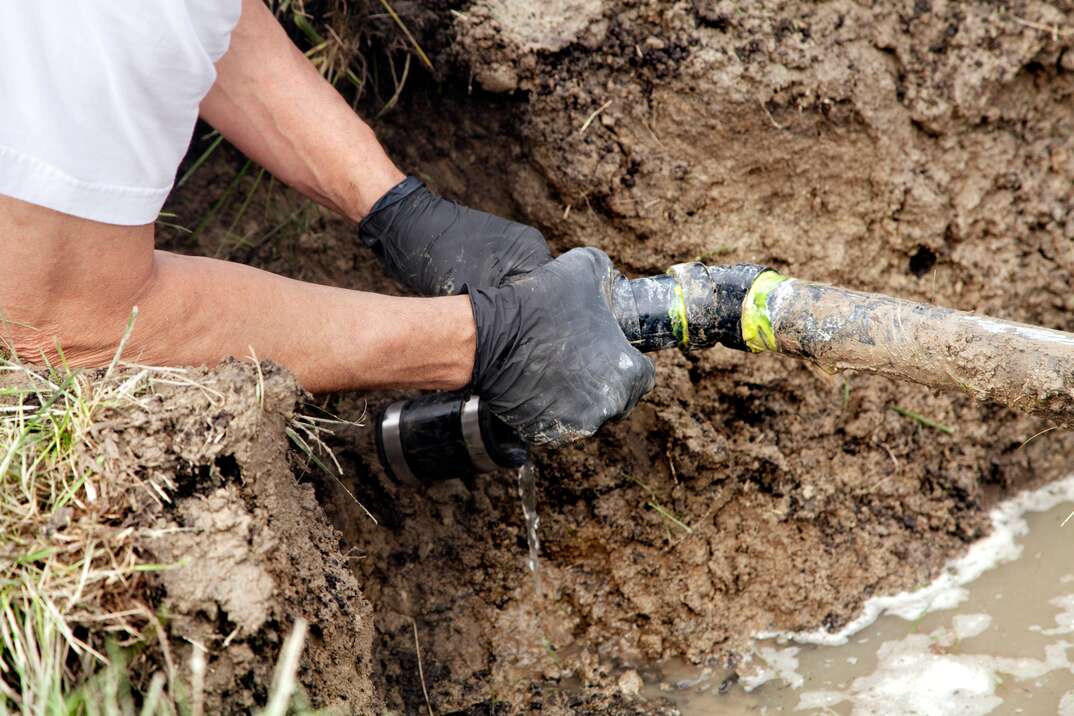How Much Is a Farmhouse Sink?

A farmhouse or apron sink can add a rustic look to your kitchen — or it can even provide a modern aesthetic, depending on the style you go for. Replacing just the sink can do a lot to improve the look and feel of your space.
This May Also Interest You: No Hogwash: How to Install a Farmhouse Sink in 9 Steps
Installing a farmhouse sink is a bit different than putting in a normal sink. But That’s alright; you’re going for the look, anyway. Here’s how much it’ll cost.
How Much Do Farmhouse Sinks Cost?
Farmhouse sinks cost from $1,000 (CAD 1,300) on the low end to $4,000 (CAD 5,400) or more on the high end, according to data from Fixr. The quality of glaze on a porcelain sink, the gauge of copper or aluminum or the quality of composite material used can affect the price.
How Much Does It Cost to Install One?
Most people spend between $100 and $500 (CAD 130 and CAD 670) on installation labor for a farmhouse sink, but it can be significantly lower or higher, depending on the complexity of the installation and other factors. Most plumbers charge between $70 and $130 (CAD 90 and CAD 175) per hour for this type of project. Keep in mind that these price points cover installation only and do not include the price of the actual sink itself.
Labor costs generally include:
- Fitting, leveling and securing the sink in position
- Installing the sink’s drain assembly
- Connecting the sink’s P-trap to your kitchen’s existing line connection
Add-Ons
Adding components to your sink installation inflates your project's costs. If your installer also puts in a kitchen faucet, Forbes says you should plan on spending an extra $250 (CAD 335) on average. High-arch faucets designed for washing pots and dishes typically cost between $50 and $2,500 (CAD 67 and CAD 3,350), and you should expect to pay between $100 and $1,500 (CAD 130 and CAD 2,000) for a pot-filler faucet.
Additional Considerations
Remember: An estimate is not a substitute for a written quote from your sink installer. It usually includes the costs for materials purchased locally, delivery, preparing your kitchen sink area for the installation and the time it takes to install it. The estimate may not include costs for the removal, relocation, repair or modification of plumbing lines and electrical wires or the cost of building permits and inspections, all of which can inflate your overall project costs substantially.
When planning for sink installation costs, remember you’ll need to reimburse your installer for the time and costs associated with removing and disposing of your old sink and any installation-related waste.
New Installation or Replacement?
If you are planning to install a farmhouse sink in a new addition or part of the home where there was previously no sink or plumbing, then additional plumbing work adds more to the job’s price tag.
More Related Articles:
- How to Clean and Protect Your Copper Sink
- Everything ‘Bout the Kitchen Sink: A 5-Step Installation Guide
- How Much Does It Cost to Install a Kitchen Sink?
- Kitchen Sink Not Draining? Here Are 6 Ways to Unclog It
- How Much Does It Cost to Install or Replace a Garbage Disposal?
Are Farmhouse Sinks More Expensive Than Other Sinks?
Farmhouse sinks are not really more expensive than other sinks. The biggest determinant in how much you'll pay for a farmhouse sink is what it’s made of. Here’s a breakdown of total installation costs by material:
- Stainless steel: $200 to $1,500 (CAD 270 to CAD 2,000)
- Porcelain: $90 to $1,500 (CAD 120 to CAD 2,000)
- Cast iron: $300 to $1,500 (CAD 400 to CAD 2,000)
- Marble: $600 to $2,500 (CAD 800 to CAD 3,350)
- Copper: $400 to $4,000 (CAD 535 to CAD 5,350)
- Granite: $600 to $2,500 (CAD 800 to CAD 3,350)
(Data from Fixr)
When figuring out your project's budget, remember to include the cost of related supplies, including mounting hardware, fittings and connectors.
What’s the Difference Between a Farmhouse Sink and an Apron Sink?
When discussing your sink installation project, remember that some contractors may refer to this type of sink as an apron sink. What is the difference between the two? Nothing. The former is just an older term than the latter. Both terms refer to the same type of sink and are generally interchangeable.
All CAD conversions are based on the exchange rate on the date of publication.


